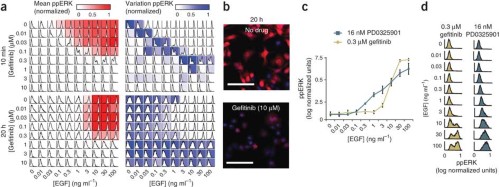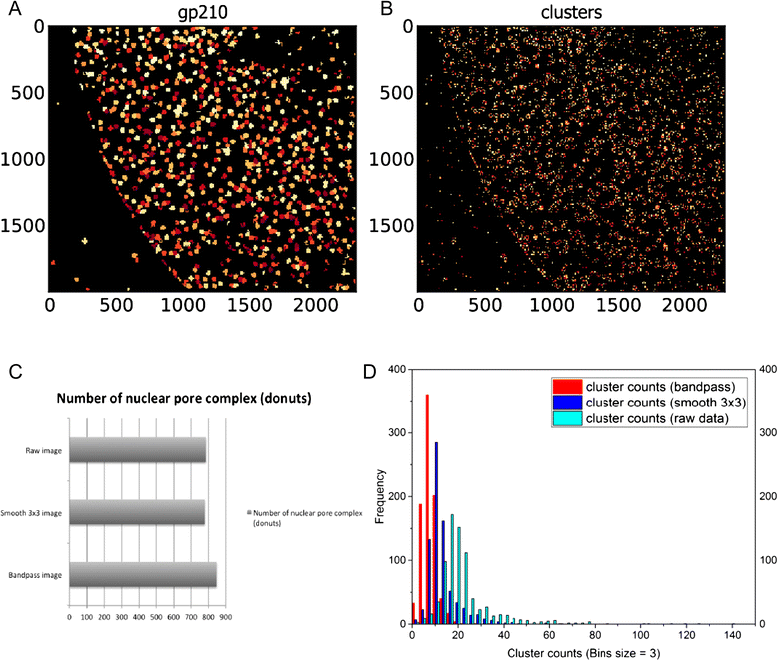
#Cellprofiler tracking manual#
Interfaces for review or correction of time-lapse data are sometimes provided in customizable open-source software but are usually manual in nature, requiring visual inspection to detect aberrations. Thus, image and image analysis quality requirements for time-lapse microscopy are more stringent and, due to the volume of data, automated quality control is more necessary. However, time-lapse imaging is acutely susceptible to many artifacts that negatively affect the proper identification and tracking of cells the appearance of such anomalies in a single frame can ruin an entire time series. The combination of automated imaging and large-scale, high-content, live-cell experiments is capable of delivering large amounts of data in very little time.

Time-lapse assays probe biological questions that can only be investigated by observing the dynamic behavior of organisms, cells, organelles, or molecular assemblies over time.
#Cellprofiler tracking free#
ConclusionsĬellProfiler Tracer is a useful, free tool for inspection and quality control of object tracking data, available from. Tracer allows multi-parametric morphological data to be visualized on object tracks, providing visualizations that have already been validated within the scientific community for time-lapse experiments, and combining them with simple graph-based measures for highlighting possible tracking artifacts. We present CellProfiler Tracer, a free and open-source tool that complements the object tracking functionality of the CellProfiler biological image analysis package. This makes quality assessment and algorithm adjustment a substantial challenge, particularly when dealing with hundreds of time-lapse movies collected in a high-throughput manner.

Algorithms for cell tracking are widely available what researchers have been missing is a single open-source software package to visualize standard tracking output (from software like CellProfiler) in a way that allows convenient assessment of track quality, especially for researchers tuning tracking parameters for high-content time-lapse experiments. Time-lapse analysis of cellular images is an important and growing need in biology.


 0 kommentar(er)
0 kommentar(er)
